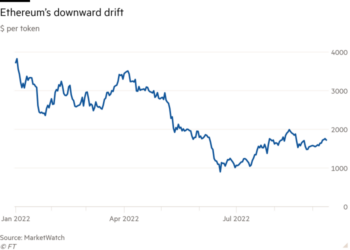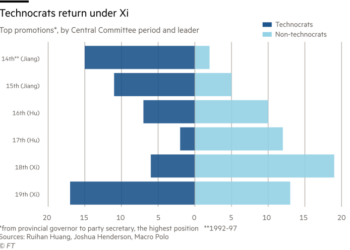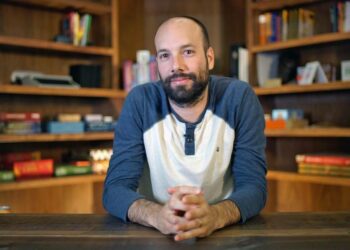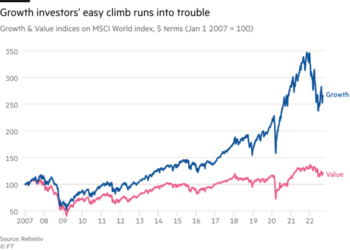A groundbreaking advance in quantum technology has opened a window into the world beneath our feet.
Researchers at Birmingham university, working with industrial partners, have demonstrated what they said was the world’s first quantum gravity sensor that worked reliably in the real world, detecting subterranean structures outside tightly controlled lab conditions.
Their instrument, described in the journal Nature, “wins an international race to take the technology outside”, the university said. It found a buried tunnel, carrying utility pipes about a metre under a road, by detecting minute variations in gravity associated with the duct.
The success could open a commercial route to more accurate and deeper underground investigation and mapping than is possible with existing technologies such as ground-penetrating radar, said Professor Kai Bongs, principal investigator at Birmingham’s UK Quantum Technology Hub in Sensors and Timing.
“With this breakthrough, we have the potential to end reliance on poor records and luck, as we explore, build and repair,” he said. “An underground map of what is currently invisible is now a significant step closer, ending a situation where we know more about Antarctica than what lies a few feet below our streets.”
Construction and infrastructure projects will be a critical application, said George Tuckwell, a director at environmental and engineering consultancy RSK, one of the project’s commercial partners.
“Detection of ground conditions such as mine workings, tunnels and unstable ground is fundamental to our ability to design, construct and maintain housing, industry and infrastructure,” Tuckwell said. “The improved capability that this new technology represents could transform how we map the ground and deliver these projects.”
Other areas that could benefit from the technology include archaeology, hydrology and agriculture. The instrument could find buried tombs and water courses and indicate the condition of farmland soils.
The Ministry of Defence is also taking part in the project. Gareth Brown, a quantum researcher at the defence ministry’s Defence Science and Technology Laboratory, noted that as the technology matured, it could be used for underwater navigation and revealing the subterranean.
“Accurate and rapid measurements of variation in microgravity open up new opportunities to detect the otherwise undetectable and navigate more safely in challenging environments,” he added.
The sensor uses a quantum technique called atom interferometry. Ultra-cold rubidium atoms, falling under the influence of gravity, are illuminated with laser beams. The resulting interference patterns depend on the speed with which they fall — and indicate with great precision the strength and gradient of the local gravitational field, which is influenced in turn by what lies beneath the ground.
Atom interferometry, as with all quantum technologies, is very sensitive to environmental disturbance, particularly vibrations. The Birmingham team’s biggest technical achievement has been to make the equipment resilient enough to be practically useful on the road or in the field rather than just in the lab.
“We have taken it as far as we can in an academic setting. Now it has to move out to industry,” said Bongs. The instrument must be made smaller, more mobile and more sensitive before it reaches the market.
While the Birmingham researchers have discussed commercialisation with their industrial partners, RSK and Teledyne e2v, the UK-based subsidiary of the US Teledyne technology group, they have also considered establishing their own start-up company to exploit the research, he said.
The project is part of the UK National Quantum Technologies Programme, which has a £1bn budget over 10 years.











